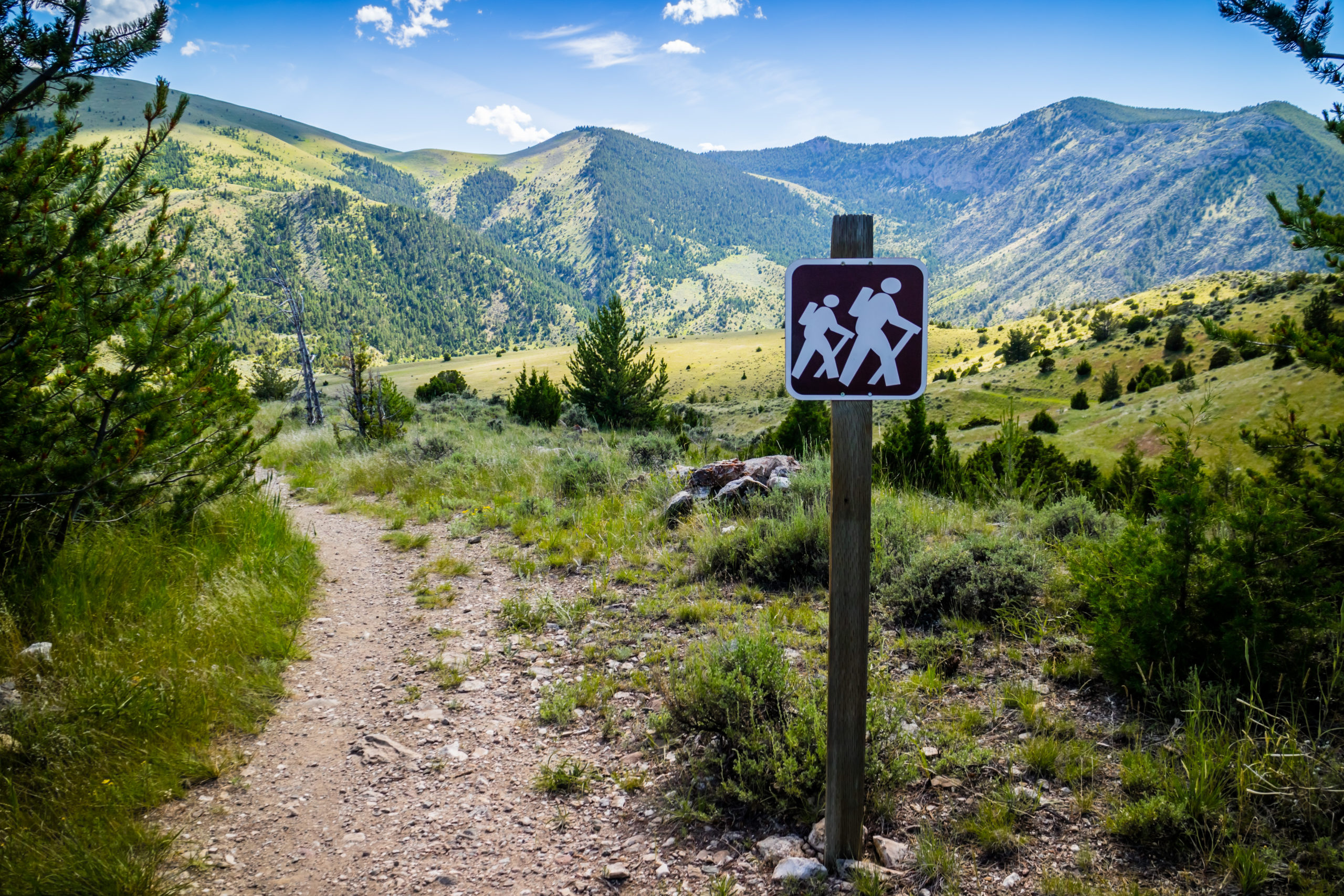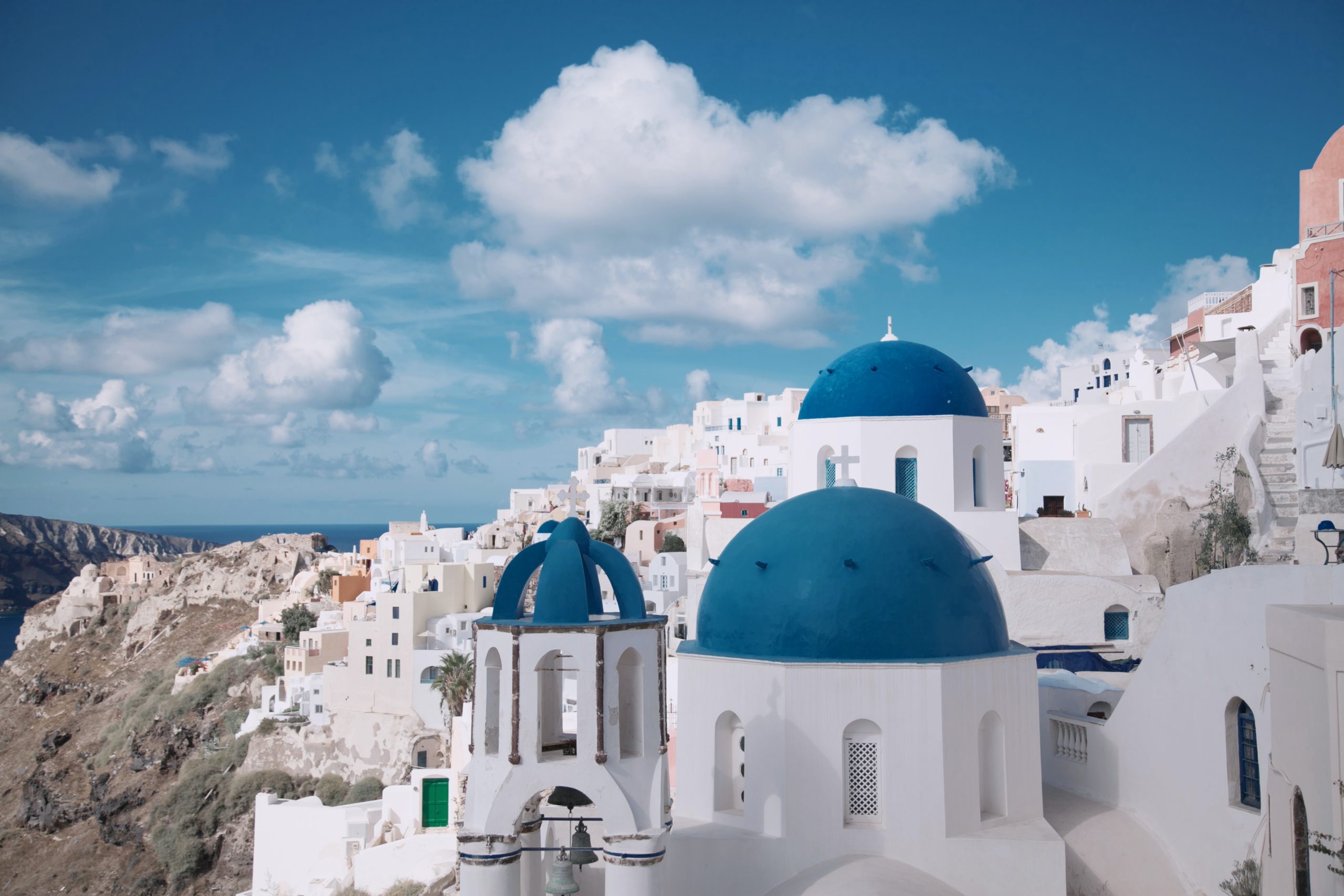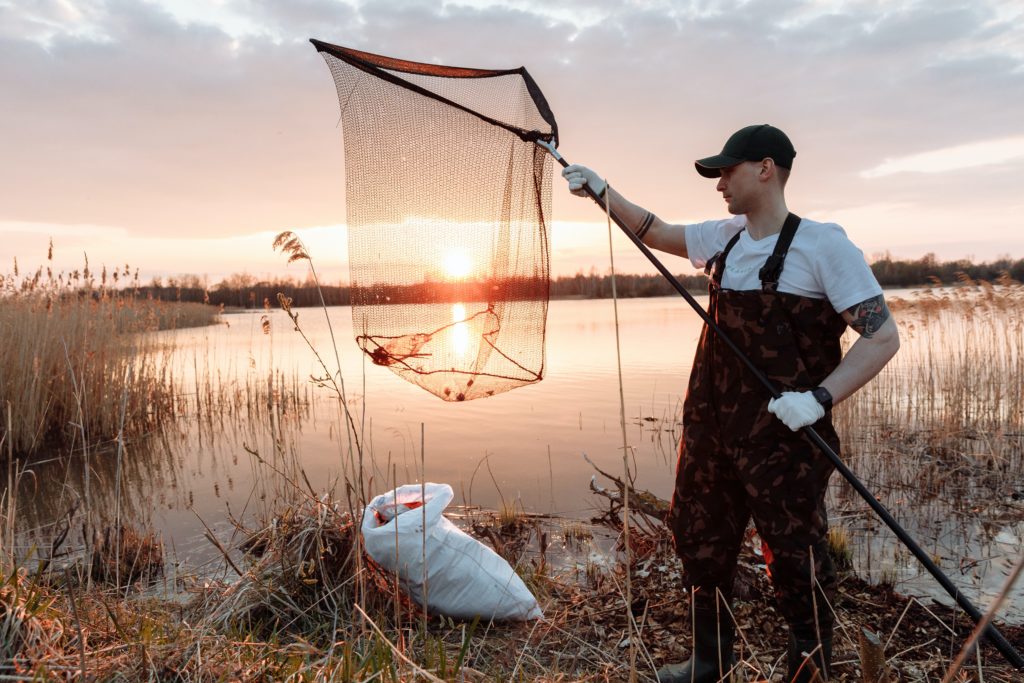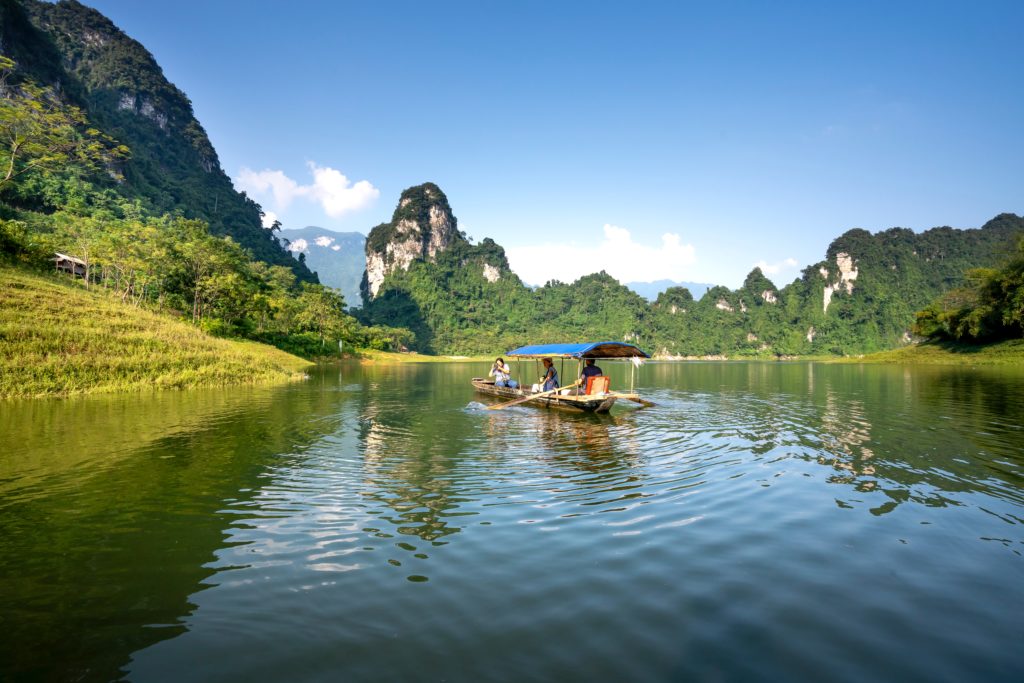The Lewis and Clark National Historic Trail (LCNHT) commemorates the Corps of Discovery’s 1804-1806 expedition of the Louisiana Purchase. Led by Meriwether Lewis and Wiliam Clark, this epic journey contributed to significant changes to the land we now know as America. Ranging from political, social, economic, and cultural, these changes brought on by the Lewis and Clark expedition forever embodied the American spirit. To discover the new, to chart the unknown, and to ultimately, tell the story of our country.
“The Lewis and Clark Expedition is more than the story of two men. It is the story of many: individuals and groups, military men and scientists, a president and a slave, women and men, French-speaking boatment and American Indians. It is a story of loss and hope. It is a story of changes that began in 1803 and that continue today,” – U.S. National Park Service
Solimar has been supporting this project since September 2016.
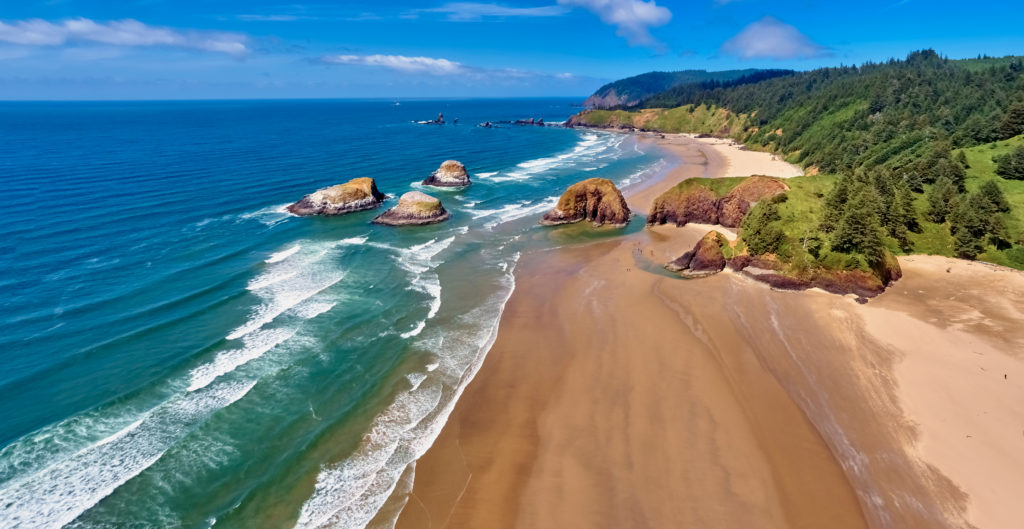
Where is the Lewis and Clark National Historic Trail?
The LCNHT is one of the most extensive national historic trails in the United States. Stretching across 16 states, it is approximately 4,900 miles long from Pennsylvania to Oregon. The trail runs through eight National Park Service units and identifies as many as 50 Native American tribe communities throughout the entirety of the trail. When the National Park Service (NPS) decided to commemorate this historic expedition in 1978, it identified and marked the routes and sites of the trailblazing journey. In doing so, the National Park Service’s mission statement to protect, interpret, and preserve the resources associated with the public’s history fostered a relationship between the past and the present.
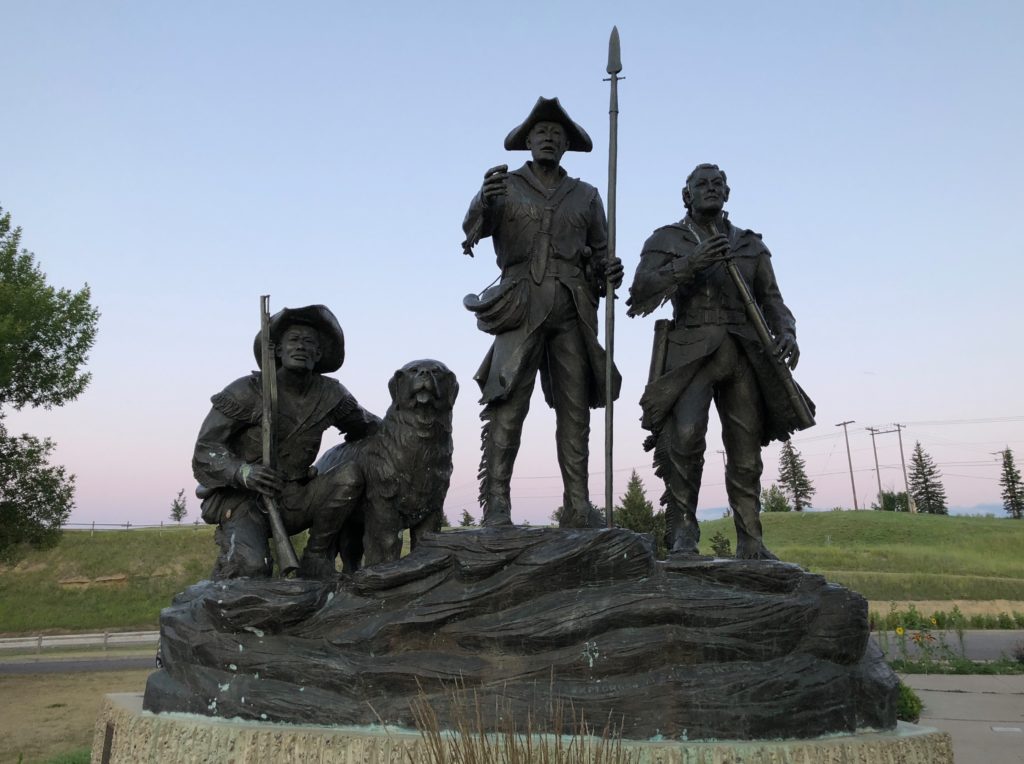
The LCNHT – State by State:
- Pennsylvania
- West Virginia
- Ohio
- Kentucky
- Indiana
- Illinois
- Missouri
- Kansas
- Iowa
- Nebraska
- South Dakota
- North Dakota
- Montana
- Idaho
- Washington
- Oregon
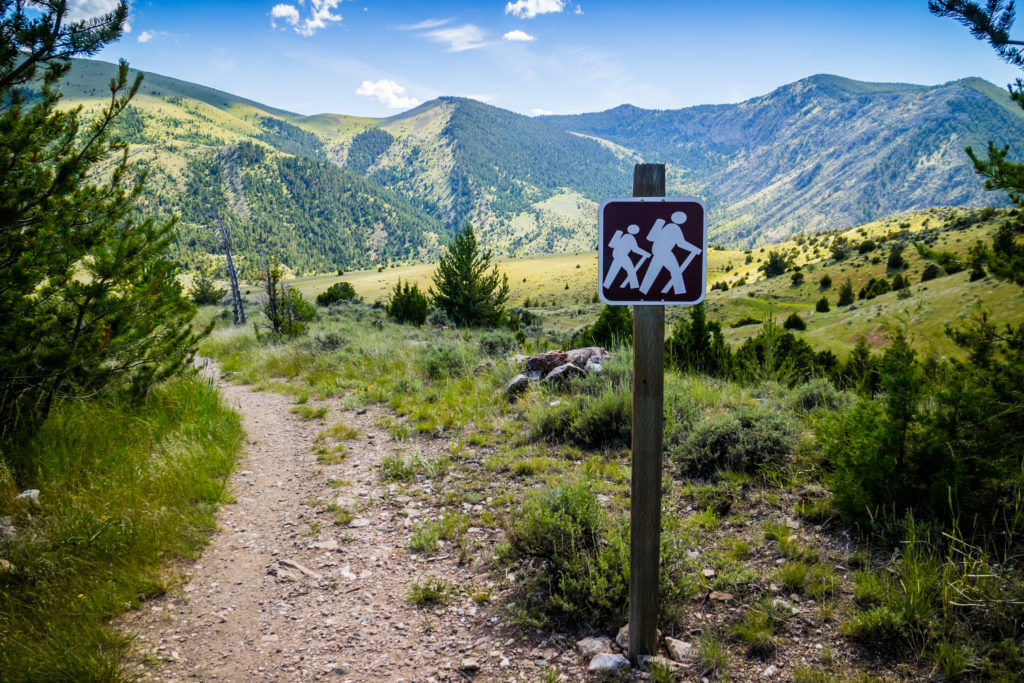
The LCNHT Today
From its humble but ambitious origins, today the LCNHT reflects the “story of many ” through its place-based authenticity. Today, local communities and cultures near the trail are more abundant than ever. The result of these growing communities has provided an opportunity that encourages domestic and international visitors to experience everything the trail has to offer. As a result, the Lewis and Clark National Historic Trail Geotourism Program was born.
The Lewis and Clark National Historic Trail Geotourism Program
Destined to engage tourism stakeholders across the entire trail, the Geotourism program is designed to protect, manage, and promote sustainable tourism on the LCNHT. To accomplish this, local destination management organizations are encouraging increased public participation along this historic journey with a focus on respect for the land and local resources. Local ambassadors and storytellers are working together to increase education about how to be a sustainable tourist along the trail so local communities can reap the benefits of tourism. Additionally, stakeholders have worked in tandem with the communities and nations to ensure the most sustainable and beneficial outcomes. Locals understand what makes their town stand out and know why their town should be a tourist destination along the trail. Solimar has worked on other geotourism projects like the Sedona Verde Valley Tourism Council in Arizona and Four Corners, USA.
All this hard work from the collaboration among the stakeholders led to the travel website (lewisandclark.travel), a visitor themed interactive guide to exploring the LCNHT.
What is LewisandClark.Travel?
The travel website for the Lewis and Clark National Historic Trail provides domestic and international visitors with a variety of tools like the interactive map to help plan their vacation. The interactive guided map helps visitors plan their trip depending on five different regions.
- The Ohio River (Indiana, Kentucky, Ohio, West Virginia, and Pennsylvania)
- The Missouri Traverse (Illinois, Kansas, Nebraska, Missouri, Iowa)
- The Great Plains (North and South Dakota)
- The Plains to Peaks (Montana and Idaho)
- The Columbia River (Oregon and Washington)
The geotourism program for the LCNHT is targeted toward travelers who seek authentic travel and historical experiences, but also towards those who care about the preservation of the destination’s history and culture. Because their willingness to pay on vacations is, these travelers are more likely to support small local businesses during their trip. They are more easily encouraged to stay at local hotels and inns, shop at independent businesses, eat locally, and interact with the host communities. The proceeds from those spending behaviors would better benefit the local communities and Native American nations placed along the trail.
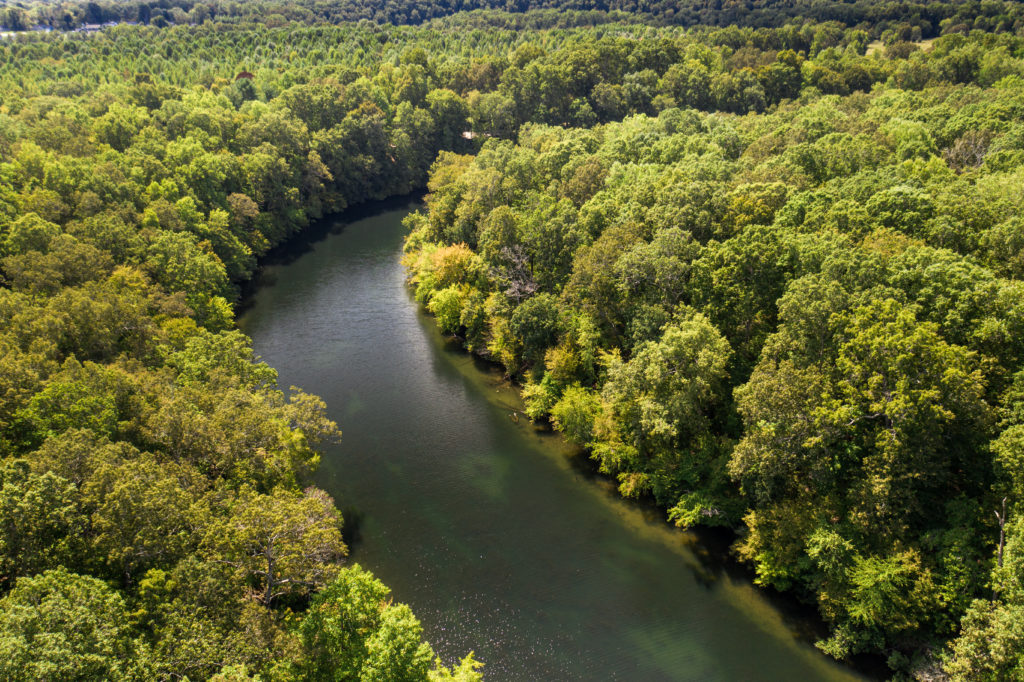
Navigating the website
With an increase in local shops, restaurants and sites along the LCNHT, there is so much to see and do. There is something for everyone on the trail. And below are some sections of the website that can help structure your trip:
- One of the five regions (Ohio River, Missouri Traverse, Great Plains, Plains to Peaks, Columbia River)
- Historic places (e.g., Musée de Venoge, Wickliffe Mounds State Historic Site)
- Natural areas
- Local points of interest
- Tribal lands, cultures and sites
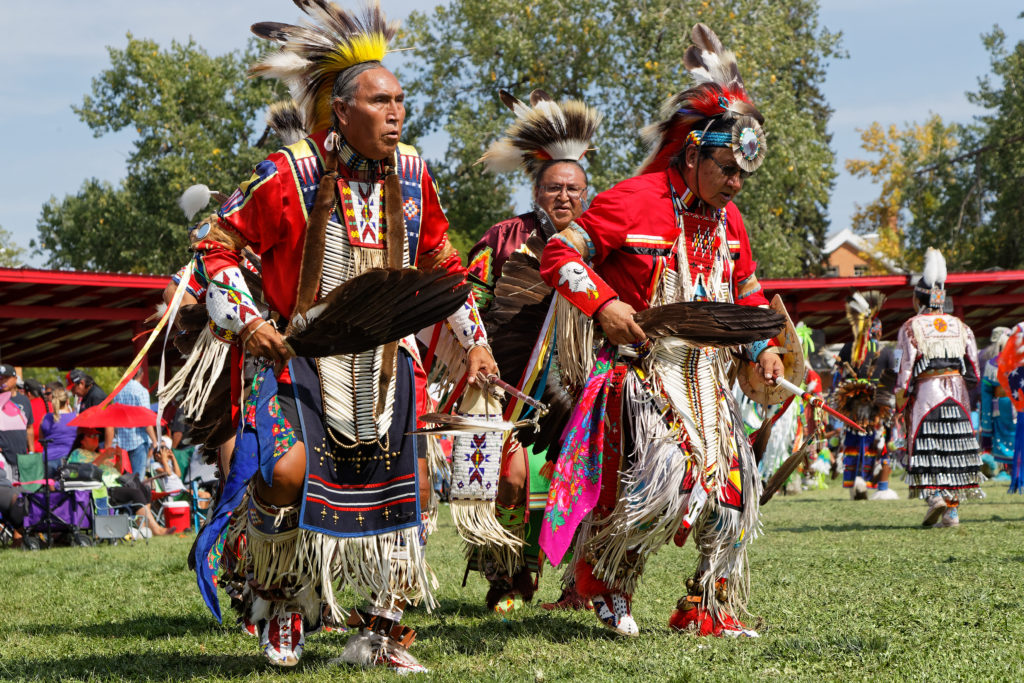
Travelers can plan their trip according to where they want to go. If you are interested in outdoor adventure, you can always lose yourself in an Arbor Day themed adventure park. The examples and options to plan your trip are virtually (no pun intended) endless. You could also structure your trip around specific events, like the Amelia Earhart Festival held every summer in Kansas, or if you’re a foodie you can always try out the chocolate crawl in Ste. Genevieve, Missouri.
There’s truly something for everyone on the trail! Whether you’re looking to discover new cultures, learn history, or discover new shops, traveling the LCNHT will help you discover new things.
And the best part of it is that your trip doesn’t have to be cut short. There are many charming local options for lodgings to rest and relax before starting the next day of your expedition. From famous local bed and breakfasts to campgrounds, why stay in a run of the mill corporate hotel chain when you can enhance your experience by staying with welcoming locals?
Check out www.lewisandclark.travel to plan your next road trip along this historic trail.
